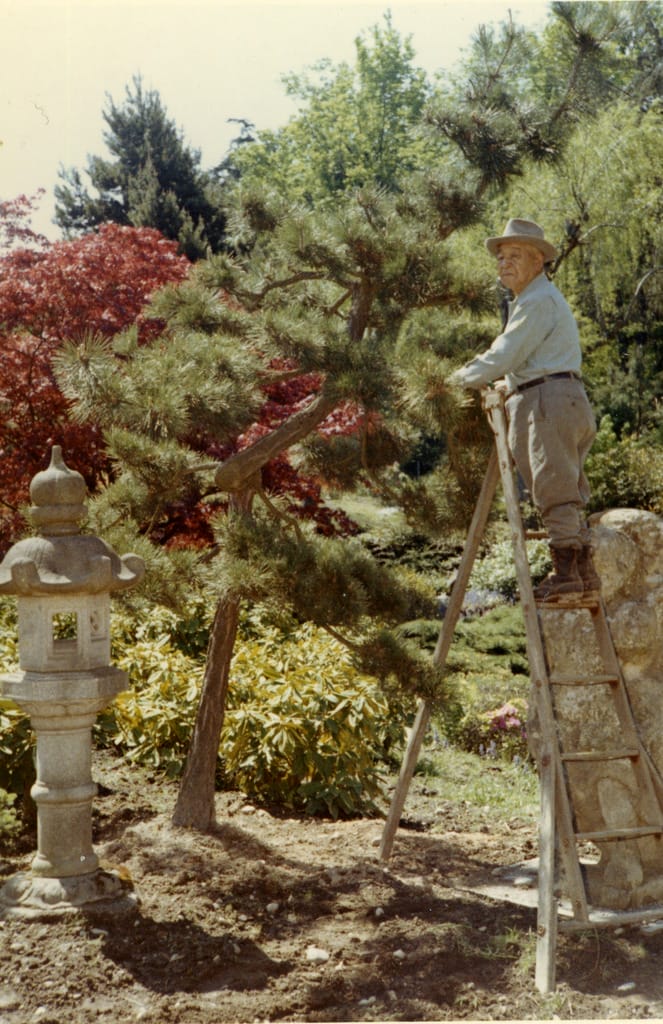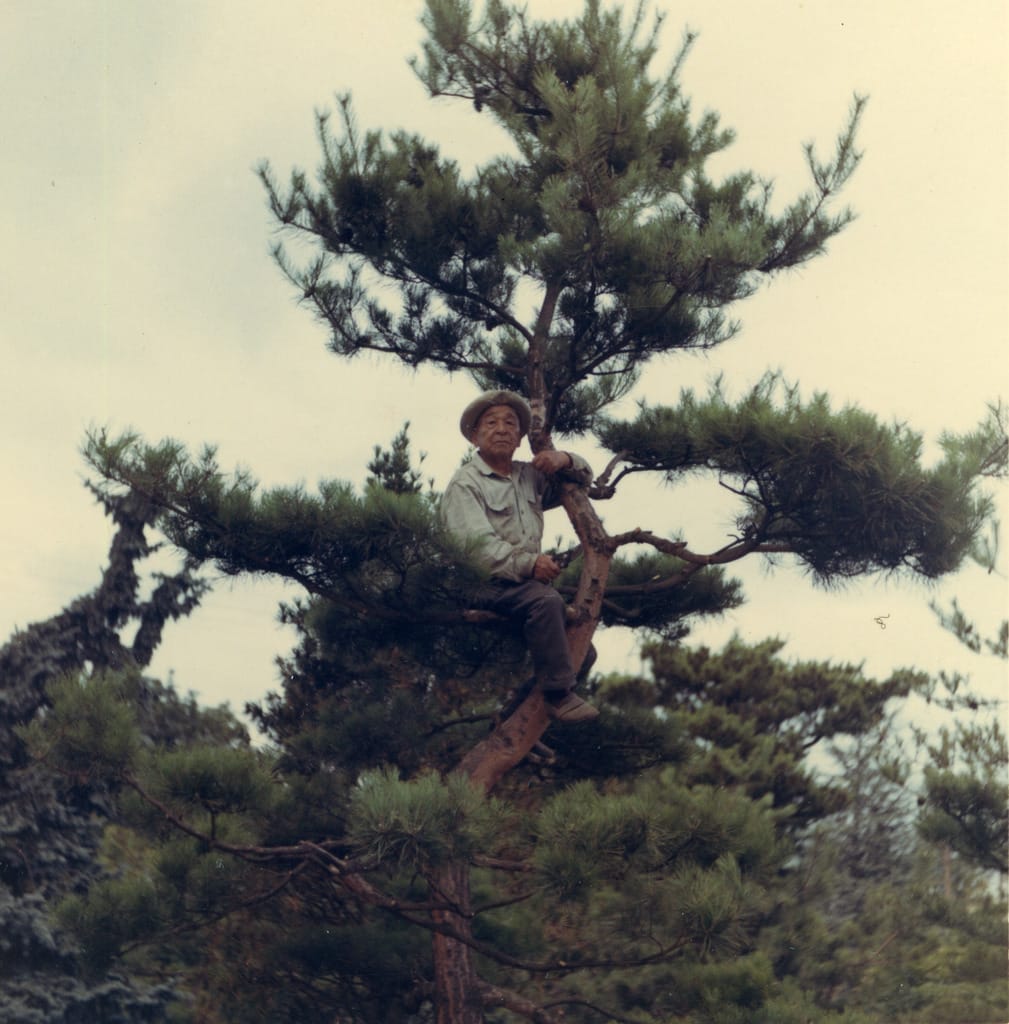Kubota Garden: A Japanese Oasis in Seattle
In the middle of Seattle’s Rainier Beach neighborhood sits a 20-acre-historic Japanese garden begun over 95 years ago by a self-taught gardener. Filled with ancient trees and bubbling waterfalls, the Kubota Garden is an oasis that is free for the public to explore.
The visionary behind the garden was Fujitaro Kubota, who emigrated from Kochi, Japan at 28 with a high-school-level agricultural education. Because people of Asian descent were prohibited from buying land, his grandchildren say an unidentified sponsor helped Kubota acquire the first five acres–all logged swampland–in 1927.

After starting Kubota Landscaping Company, he began sculpting a display garden to showcase ideas to clients, along with a nursery. Kubota’s distinctive design style used Pacific Northwest plants to express a Japanese aesthetic. He worked intuitively, without drawing landscape plans. By 1940, he was successful enough to add 10 more acres and move his family onto the property.

In 1942, the Kubotas joined 120,000 Japanese on the West Coast who were forcibly removed from their homes and relocated during World War II by the U.S. government. They spent three years in Camp Minidoka in Southern Idaho where Kubota built a garden to boost morale among the incarcerated.
Unlike many who lost their homes and livelihoods after internment, the Kubotas were able to keep their property by renting out the family home. The family returned in 1945 to find the garden in disarray, with ponds filled with silt and grass as high as their waists. Steep back taxes and assessments made their return even harder, but the Kubotas persisted.
Working with his sons Tak and Tom, Kubota continued shaping the garden with imported specimen pine trees from Japan and 400 tons of local stone. He became a prominent force in Japanese-style garden design, going on to design public gardens at the Bloedel Reserve on Bainbridge Island, Seattle’s Rainier Club, and Seattle University.
In 1973 the Emperor of Japan awarded Kubota the Order of the Sacred Treasure Fifth Class for introducing Japanese garden design to America. Kubota died that same year at age 93.
In 1981, the 5-acre core Garden was declared a historic landmark by the City of Seattle. From 1981 to 1984, repeated attempts were made to develop the land surrounding the historic core with a large apartment complex. Neighbors banded together to stop this, and in 1987 the City of Seattle bought the Garden so that all may enjoy this historic oasis.
Since the City of Seattle purchased Kubota Garden, a Stroll Garden designed by Tom Kubota has been developed. Additionally, numerous features have been added to the former nursery areas to support the garden’s use as a community gathering place.
To learn more about the the garden, visit this site to learn about upcoming events or plan a visit. Use this itinerary to explore more historic sites that uplift Asian-American heritage in the Mountains to Sound Greenway National Heritage Area.





